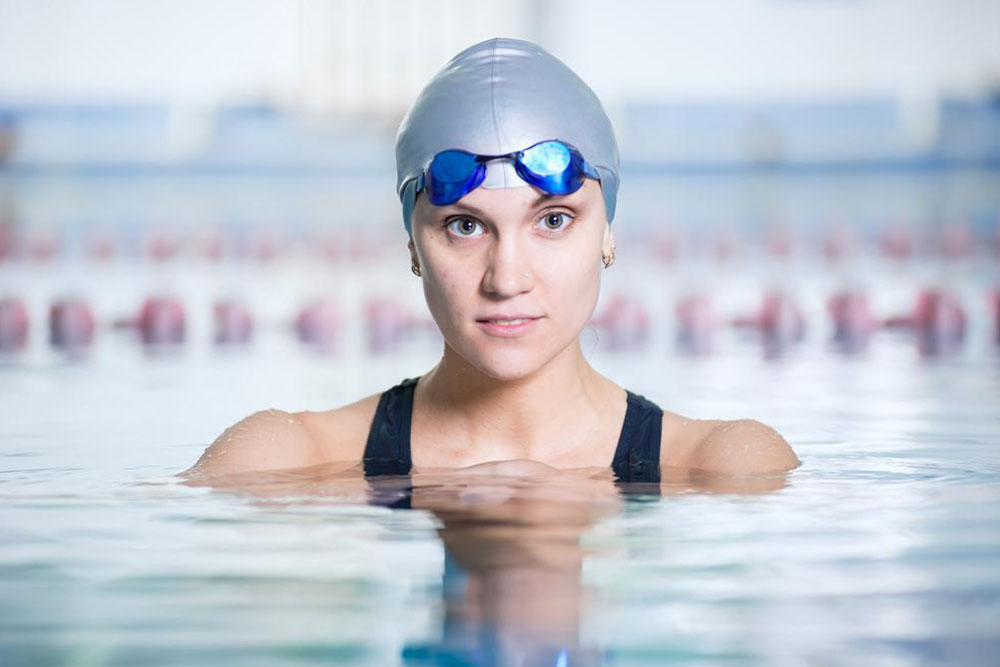Five most effective breathing techniques while swimming
Breathing they say is as easy as ABC. Breathing is something that usually comes naturally but when you are under water, breathing and that too correctly, becomes quite a task. If you are a beginner and breathing while swimming makes you nervous, let us help you with some basic drills and techniques. These tips will familiarize you with proper breathing techniques and facilitate good breath control.
Face In water
If you are a beginner and try swimming with your head up, your body invariably drops. It is therefore better to start swimming with your face in water. In shallow water, hold your breath and couch down so that your face or head gets under water.

Good Body Rotation
Constant body rotation is an effective step to ease breathing. That’s right, once you rotate your body either way, you don’t need to turn your head further to breathe. Poor body rotation or rotation only to one side, causes disruptions in breathing. Good body roll makes breathing easier.
Bilateral breathing
If you breathe only on one side, you are most likely to have poor rotation on your non-breathing side. Bilateral breathing or swapping sides, is nothing but breathing to both left and right side. Bilateral breathing enables you to develop a symmetrical stroke that further helps cut straight through the water.
Focus on exhaling and not inhaling
Most swimmers avoid exhaling underwater which makes breathing tedious. If you exhale underwater between your breaths, it is easier to inhale when you breathe out. When you exhale under water through your nose, you blow bubbles. Try exhaling water so much so that you blow bubbles both through your nose and mouth. As your face enters the water, your mouth should be slightly open with a trickle of air going out between your lips. Some swimmers exhale through the mouth and nose, while others exhale gently through the mouth only. Many swimmers find a nose plug allows them to breathe more comfortably. Select the method that is most comfortable for you. Long exhalations ease your breath and help you relax.
Don’t panic if you inhale water
If you happen to breath in some water or accidentally took a gulp, do not get anxious. Instead of panicking, you should try to pronounce the letter K. This tongue movement keeps the water from getting into your throat.
Breathing easily under water helps cover long distances faster and with little effort. When the body is relaxed, the breathing rhythm can be controlled throughout the changing phases of the stroke, making it easier to swim at higher speeds and stay relaxed.

